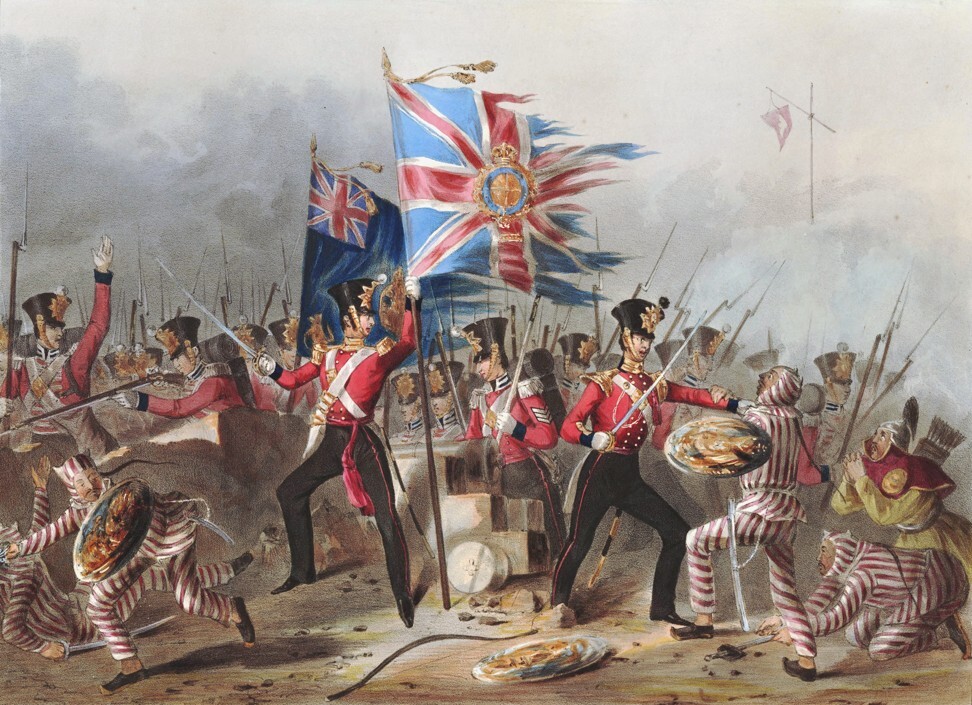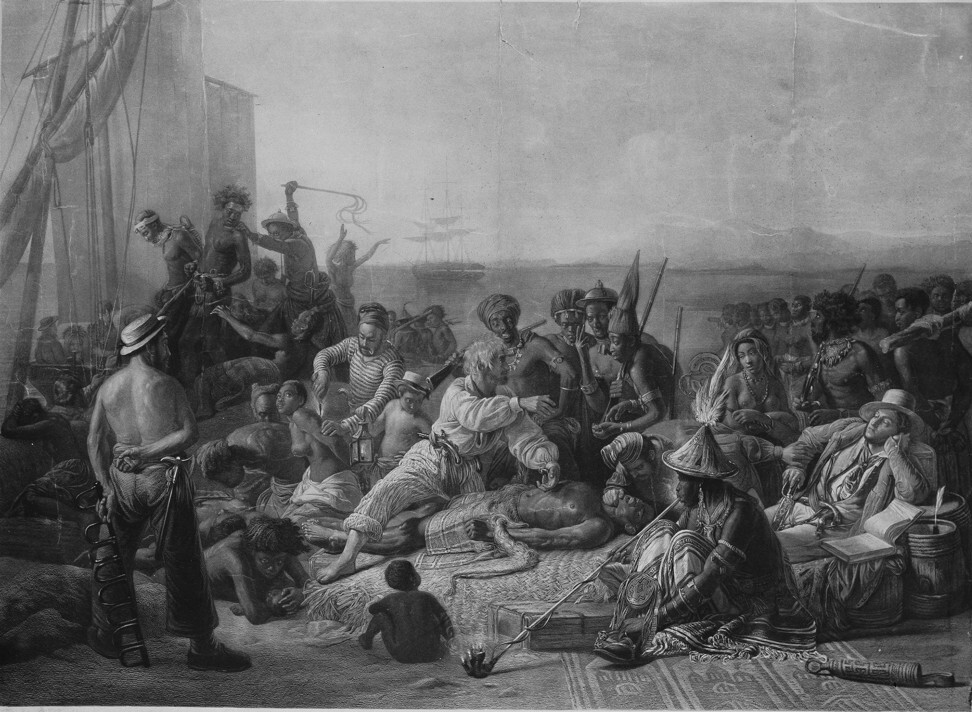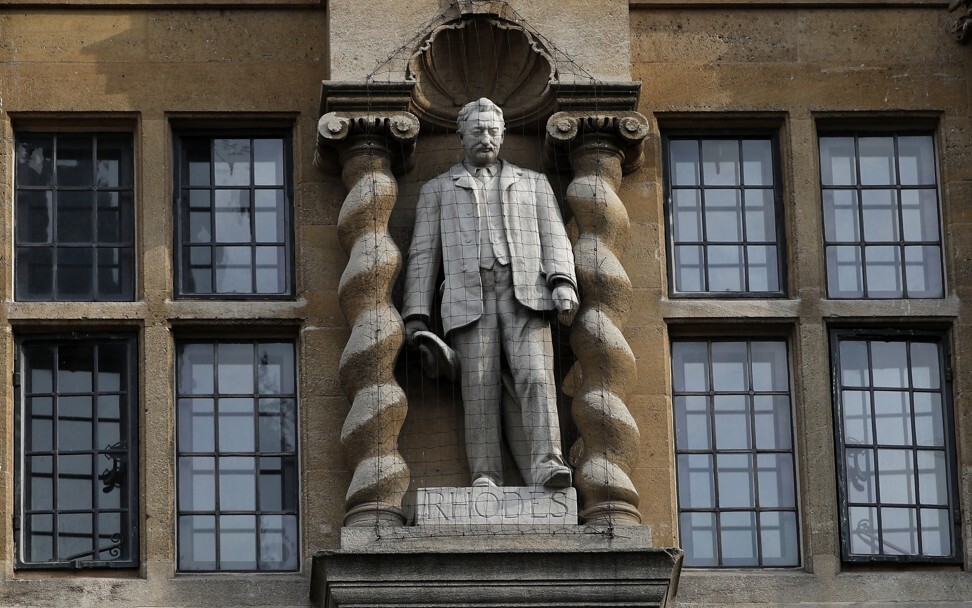
Alice Procter’s Uncomfortable Art Tours in London hit a colonial nerve
The Australian art historian known as The Exhibitionist fills in the blanks of Britain’s less glorious past on her tours of museums such as Tate Britain, the National Portrait Gallery and the British Museum
Family history I was born in Sydney. I’m sixth-generation Australian. My museum origin-story is that when I was about one year old, my parents brought me to London on holiday.
My parents are lawyers, both excellent storytellers, and they brought me along with them to the British Museum. Dad probably wishes he was a classicist and he took me around the Parthenon part and told me the story. Apparently I was completely obsessed, even then, with these sculptures and who these people were and what they were doing.
When I was two, we moved to Hong Kong, where my brother was born and I went to Kellett School. We were there for five years, during the handover. Obviously, I didn’t know what I was living through then but as an Australian, growing up in Hong Kong, now living in the UK, I’m super aware of the way everything around me has been shaped by the history of the British Empire. That’s something my parents were keen to impart in me from quite a young age.
Seven up We moved to London (in 2002) when I was seven and, suddenly, museums were everywhere, which wasn’t something I’d been used to in Hong Kong.
My memories of Hong Kong are of a city that was living its museum story in its architecture, its buildings and its street names.
I started studying history at school but I’d get frustrated if you were just expected to read about things rather than going and looking at stuff.
Eventually, my teachers sat me down and said maybe you should be an art historian. So I did an art history degree at University College London. I loved it but, even at university level, there’s so much silence around the history of empire and we never addressed it. You can talk to British students and they won’t have heard of the East India Company or the opium wars.

Comfort zone My thesis was about post-colonial identity in contemporary Australian art but I’d also done a lot of work on images of exploration and encounter in the 1830s.
I was particularly interested not just in the objects themselves but in how museums told their stories – the labels, the text, the lighting, the space.
In these buildings, there’s even an ideology in the cabinet-making. Do you go up the stairs or down the stairs? Do you see things on their own or as part of a bigger context? I had all this research but I was struggling to get a job and that’s when I started doing the tours.
While I was planning them, I was messaging friends about what I wanted to do and someone replied: “So, basically, you’re asking people to come to an art gallery and feel really uncomfortable.” That was a light-bulb moment. It was exactly what I wanted to do because what makes you comfortable and at home is always going to be isolating or alienating for someone else.
Horrible histories Uncomfortable Art Tours began in June 2017. I thought people like me, who had an art degree and unanswered questions, might come along. I never expected to run them regularly, but there was a huge response.
It spread by word of mouth very quickly and, suddenly, I wasn’t getting a specialised audience, it was people who didn’t know where to start when it came to the history of empire. I’d accidentally hit a wave.
These conversations about national identity have been growing in Britain for the last two or three years, and it’s absolutely connected to Brexit, but it’s also a global thing.
One of the framing devices I use for what we see in the galleries is “From the Tudor period to the Victorians” because in this country you do the Tudors at school, then you do the Victorians. But there’s this void in the middle of 300 years and it’s exactly the history of British colonialism, the slave trade, the creation of the North American colonies, the creation of Australia, India, the opium wars … there’s no mention of that “O” word anywhere, no mention of Hong Kong, of how the contemporary political situation has its roots in the 19th century.
There was a real sense from people on the tours that they knew there was another story that wasn’t being told but they didn’t know where to find it or who to ask.

Word play The first tours I did were at the National Gallery. I’d talk about how the British slave trade funded that art collection and how certain objects and paintings came via British troops looting in Spain or officers commissioning portraits to commemorate time in South Asia.
I’d tell people about the history of the word “loot”. It’s a Hindi word meaning “taken things”. The first documented use in English is in East India Company documents in the 1780s.
By the 1850s, it was in standard usage in England, via officials writing letters and diaries sent back to Britain, to the extent that when the Summer Palace in Beijing was destroyed by British forces, in 1860, a dog was taken from the empress’ quarters to be given to Queen Victoria and was called Looty.
So, by then, looting is not a crime and people can make jokes about it. It’s just normal.
I like to keep groups small because it’s more manageable and also the subjects we cover are incredibly sensitive. People do cry.
Moving pictures I don’t do the National Gallery any more because they kept moving the paintings around and every time I’d show up, they’d be in a different place. Apparently it was a curatorial argument and I got caught in the middle. So – until Covid-19 – I ran tours to Tate Britain, the National Portrait Gallery, the British Museum, the V&A and the Maritime Museum.
I don’t have an official relationship with these institutions. I didn’t tell them in advance: we’d just show up like anyone bringing a private class or a university group.
Museums only found out I was running the tours when they started getting calls from journalists to comment on what I was doing.
I like to keep groups small because it’s more manageable and also the subjects we cover are incredibly sensitive. People do cry. They’ll come up to me afterwards and say, “This is my personal history, this is the first time someone has told a story in a museum that I know is true from my family.”
I have a no-devil’s-advocate policy, so if I think you’re starting an argument that doesn’t regard the feelings and perspectives of other people in the group and is just for the sake of it, I will stop you.
Statutory duty Something that started by accident has completely taken over my life.
I’ve just published a book about how we tell stories in museums. But in five years’ time, I don’t want another me coming in to do another outsider tour of alternative history. Because this isn’t alternative history, this is just as much a part of the major narrative as monarchs and generals.

In an Australian context, I think a lot of monuments to Captain Cook, who began the first wave of genocide, should be removed.
I understand anxiety about that. Do you talk about colonisation? Or invasion?
I remember having that conversation with my parents, trying to understand our family’s role in that process in Australia. I don’t know the specifics but I know they must have been part of that transformation and it’s a violent one. I don’t think you can inherit guilt but I think you inherit a responsibility to challenge the consequences.
There’s no point sitting around saying, “Oh I feel really bad because of what my great-grandparents did.” What you say is: what can I do to make it better?
The Whole Picture: The Colonial Story of the Art in Our Museums & Why We Need to Talk About It (Cassell), by Alice Procter, is out now. Uncomfortable Art Tours can be booked at theexhibitionist.org.
